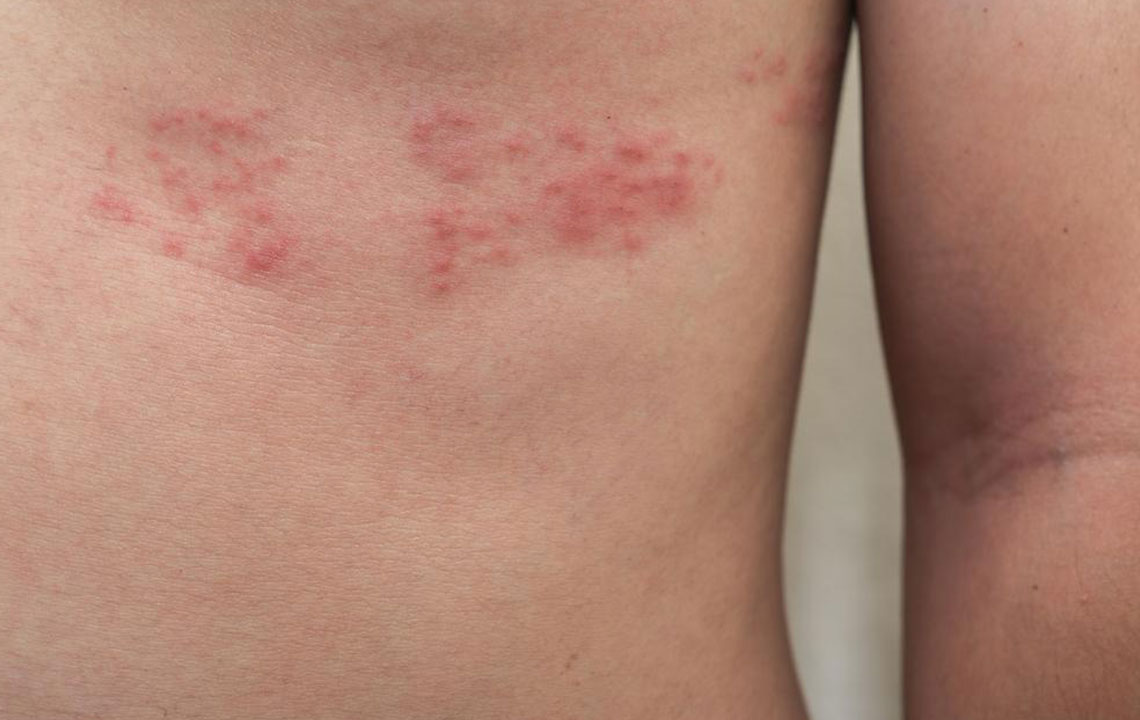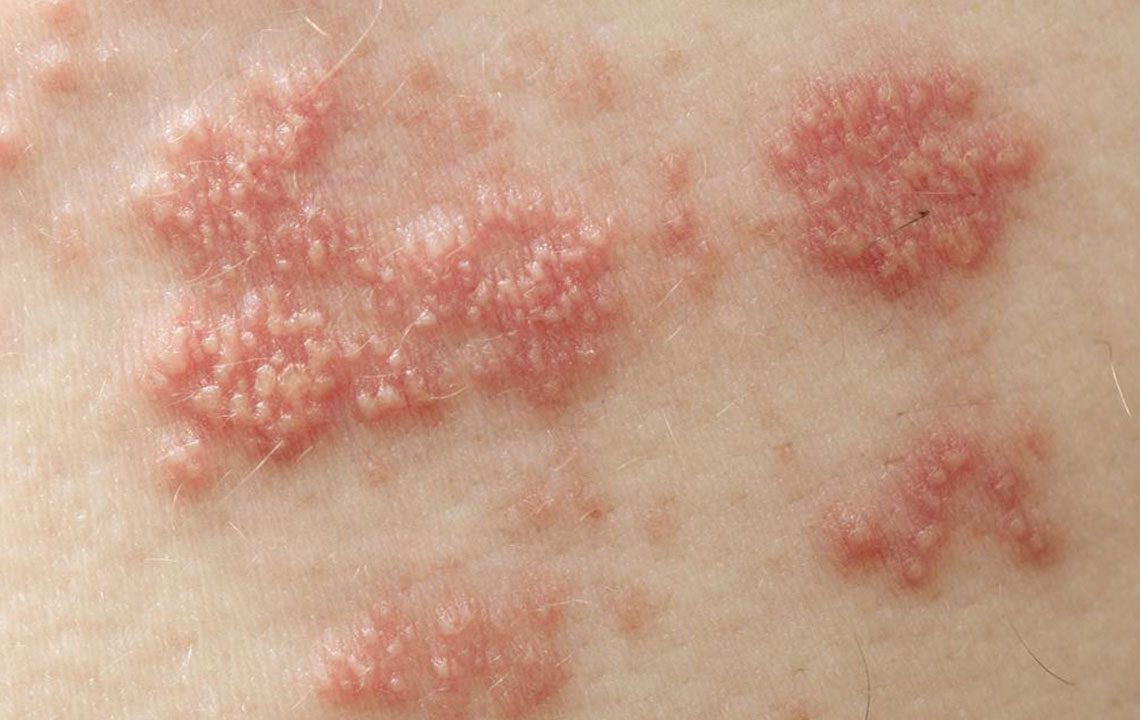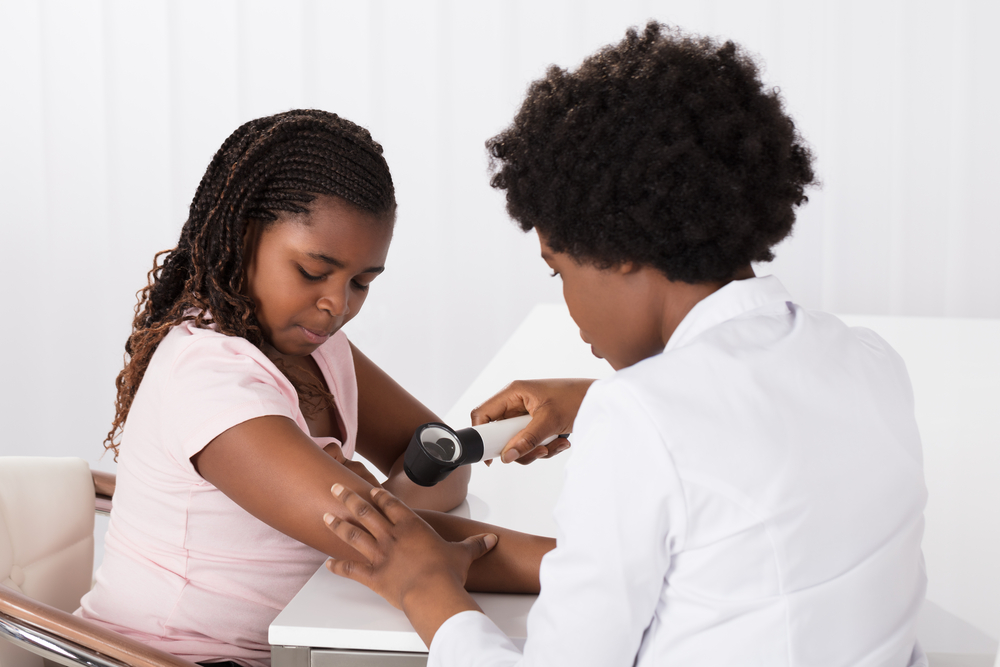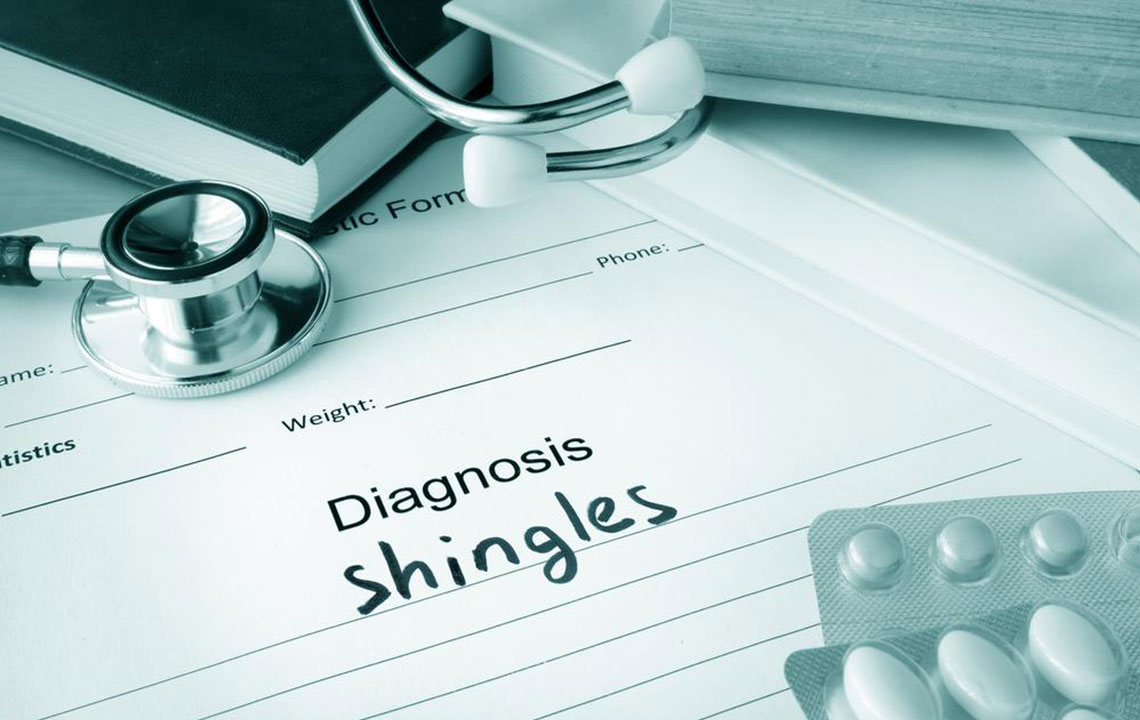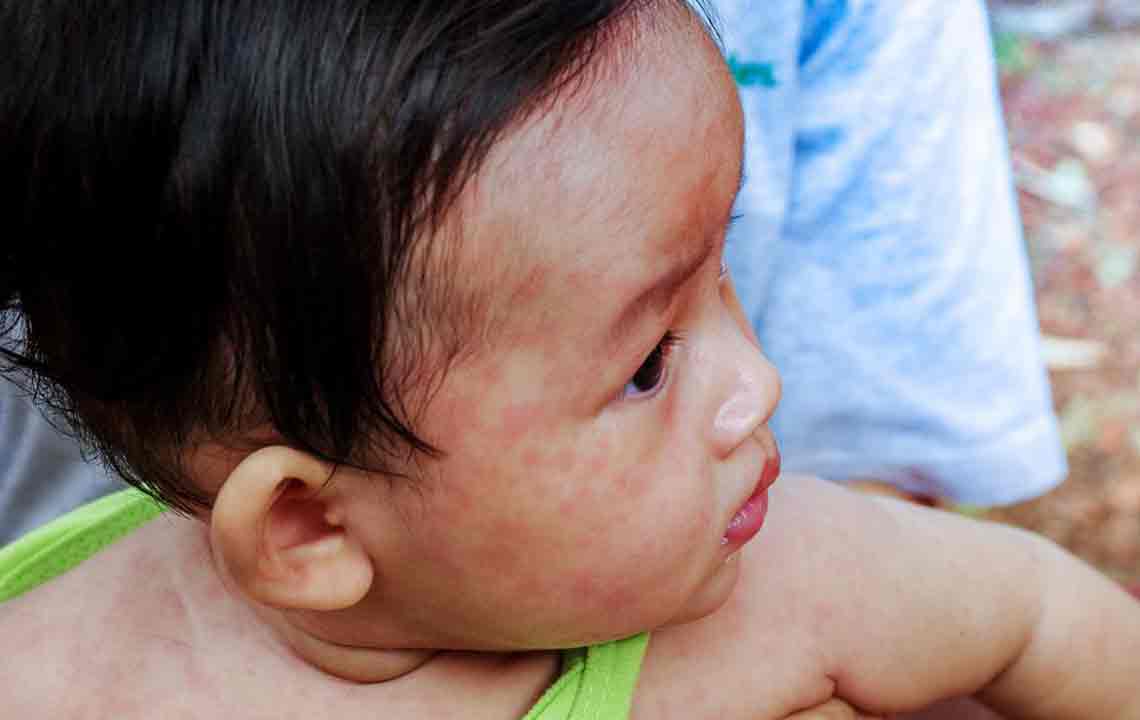Comprehensive Home Remedies to Alleviate Shingles Symptoms
Discover comprehensive home remedies to effectively manage and alleviate shingles symptoms. From soothing baths to nutritional support, learn how to support healing, reduce pain, and prevent complications with safe, natural strategies alongside medical treatment.
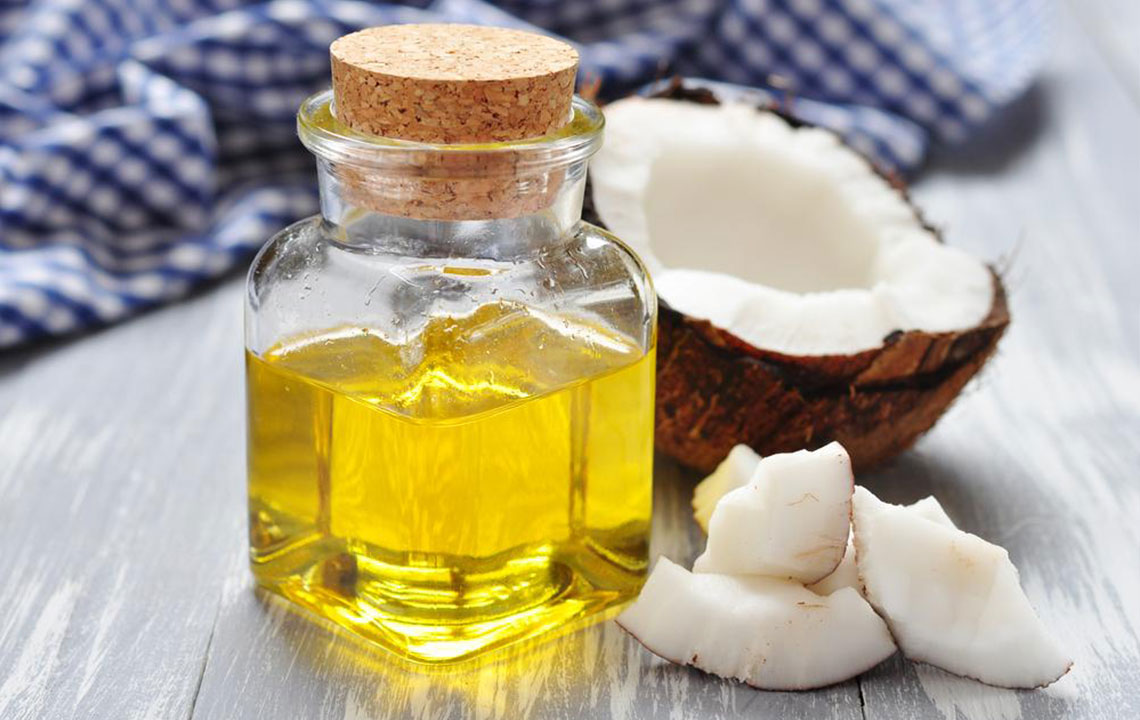
Comprehensive Home Remedies to Alleviate Shingles Symptoms
Shingles, medically known as Herpes Zoster, is a painful skin condition that results from the reactivation of the varicella-zoster virus—the same virus that causes chickenpox. Once an individual has chickenpox, the virus doesn’t fully leave the body; instead, it lies dormant in nerve tissues. Years later, it can reactivate, leading to shingles, which manifests as a rash accompanied by intense pain, itching, and blistering. While antiviral medications prescribed by healthcare professionals are the first line of treatment, early intervention and additional home-based remedies can significantly improve comfort, speed up healing, and reduce the severity of symptoms.
This article explores a variety of practical home strategies that individuals can use to manage shingles effectively, alongside their prescribed medical treatments. These methods aim to soothe irritated skin, ease pain and itching, support the immune system, and promote faster recovery, all while maintaining safe practices to prevent secondary infections and complications.
Understanding Shingles and Its Symptoms
Shingles typically presents as a painful rash that appears as a band or strip on one side of the body, often wrapping around the waist, chest, or face. The initial symptoms may include burning or tingling sensations before the rash appears. As the rash develops, blisters form that eventually scab over and heal. The pain associated with shingles can be severe and often persists even after the rash heals—a condition known as postherpetic neuralgia.
Early treatment with antiviral drugs within 72 hours of symptom onset can drastically reduce the severity and duration of the illness. However, in addition to medical therapy, home remedies can provide substantial relief and aid recovery, especially in easing discomfort during the healing process.
Effective Home Strategies for Managing Shingles
Implementing home remedies can be a valuable adjunct to medical treatment, helping manage symptoms, reduce inflammation, and accelerate healing. Here are some of the most effective strategies:
1. Take Soothing Baths with Colloidal Oatmeal or Cornstarch
Soaking in lukewarm water infused with colloidal oatmeal or cornstarch can provide instant relief to irritated, inflamed skin. These ingredients have natural anti-inflammatory properties and can help calm itching and reduce swelling. It’s crucial to ensure the water is not too hot, as hot water can exacerbate inflammation and discomfort. After soaking for about 15 to 20 minutes, gently pat the skin dry with a clean towel—avoid rubbing, which can aggravate blisters and cause secondary infections. Regular bathing can help keep affected areas clean and minimize the risk of bacterial infection.
2. Use Cold Compresses for Pain and Itch Relief
Applying a cold, damp cloth or compress directly onto the shingles rash can provide immediate relief from pain, burning sensations, and itching. Repeat this process every few hours based on the severity of symptoms. Make sure the compress is not too cold to prevent frostbite or skin damage; wrapping ice or cold packs in a cloth before applying can help regulate temperature. Cold compresses can numb nerve endings temporarily, reducing discomfort and swelling during episodes of intense pain.
3. Apply Baking Soda and Cornstarch Paste to Blisters
Making a paste from equal parts of baking soda and cornstarch, mixed with water, can help dry out blisters and alleviate itching. This natural remedy acts as an anti-inflammatory and a skin soother, reducing redness and swelling. Apply the paste carefully on the affected areas, leave it on for 15 to 20 minutes, then rinse off with cool water. Repeating several times a day can promote faster healing, reduce the urge to scratch, and prevent blister rupture or secondary bacterial infection.
4. Utilize Topical Creams and Lotions
Certain over-the-counter topical treatments can provide symptomatic relief. Calamine lotion, for instance, cools and soothes irritated skin, decreasing itching and discomfort. Capsaicin creams, derived from chili peppers, may initially cause a burning sensation but can significantly reduce nerve pain over time. It’s essential to follow instructions and consult a healthcare professional before using these products, especially if the skin is broken or blistered.
5. Support Your Immune System with Proper Nutrition
A healthy, balanced diet can bolster immune function and support healing. Incorporate foods rich in vitamins C and E, such as oranges, strawberries, nuts, and leafy greens, which are known for their immune-boosting properties. Include lean proteins like chicken, fish, beans, and dairy products to provide essential amino acids for tissue repair. Whole grains and healthy fats in nuts and seeds can also support overall health. Conversely, minimize sugary foods, processed carbs, chocolates, and high-fat snacks, as these can impair immune function and prolong recovery times.
6. Explore Alternative and Herbal Therapies
Some individuals find relief using natural remedies and herbal supplements. Oregano oil, lemon balm, green tea extracts, and omega-3 fatty acids have been studied for their antiviral and anti-inflammatory properties. These natural approaches may help suppress viral activity, reduce symptom severity, and improve overall well-being. However, consult a qualified herbalist or healthcare provider before adding any supplements to your regimen, especially if you are on other medications or have underlying health conditions.
Precautions and Additional Tips for Shingles Management
While home remedies can significantly alleviate discomfort, they are not substitutes for professional medical treatment. Early antiviral therapy is crucial in reducing the severity of shingles and preventing complications. Additionally, avoid scratching or peeling blisters, as this can lead to secondary bacterial infections and prolong healing time. Keep affected areas clean and dry, wear loose clothing to minimize irritation, and maintain good hygiene practices.
Patience and consistent care are vital, as shingles can be a prolonged condition. Combining medical treatments with these home strategies can ensure a more comfortable healing process and reduce the risk of lingering nerve pain. If symptoms worsen, or if there are signs of infection, such as increased redness, pus, or fever, seek immediate medical attention.
Conclusion
Managing shingles effectively involves an integrated approach that combines early medical intervention with supportive home remedies. From soothing baths, cold compresses, and herbal support to proper nutrition and skincare, these strategies can significantly ease symptoms, promote faster recovery, and improve quality of life. Always consult healthcare professionals for personalized advice and ensure any home remedy used is safe and appropriate for your specific condition. With diligent care and timely treatment, shingles can be managed efficiently, reducing discomfort and preventing complications.
